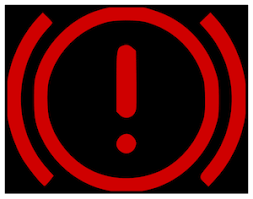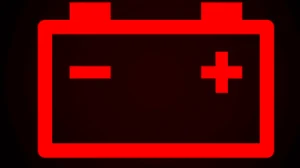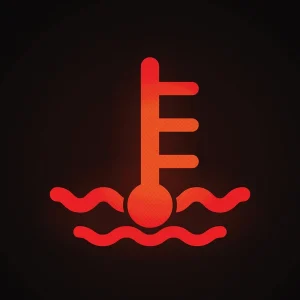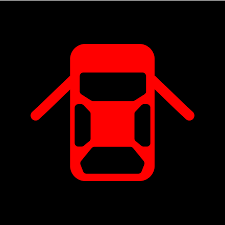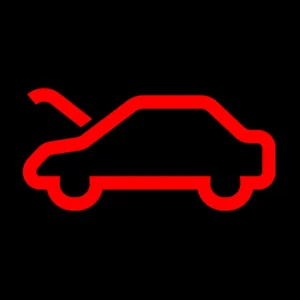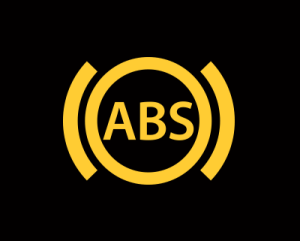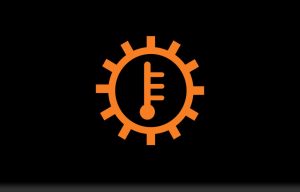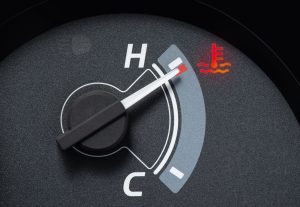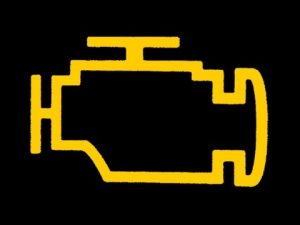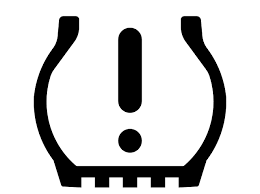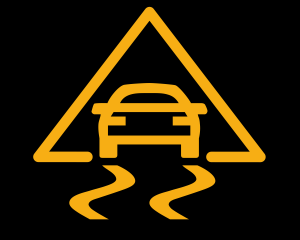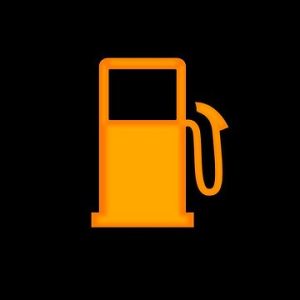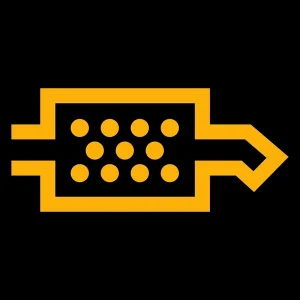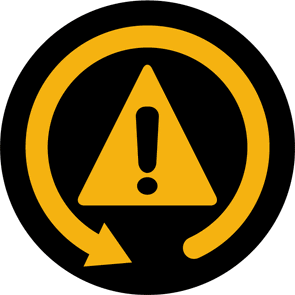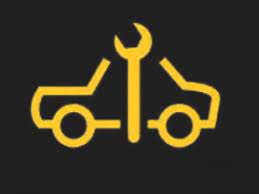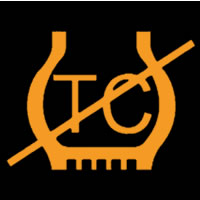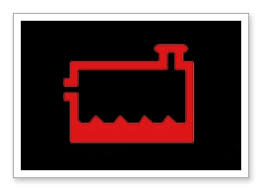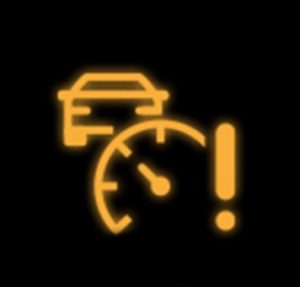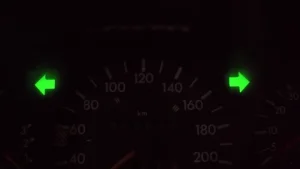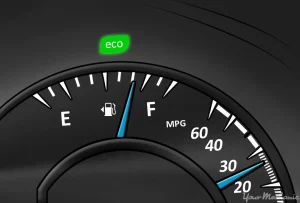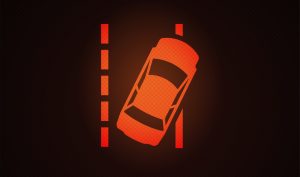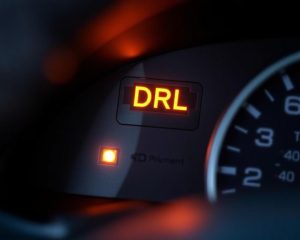Understanding dashboard warning lights in your Holden Trax is essential for maintaining vehicle safety, as they alert you to potential issues that could lead to accidents or breakdowns if ignored. Recognizing these symbols allows for timely action, preventing minor problems from escalating into costly repairs or hazardous situations. Always consult your owner’s manual or a professional mechanic for any persistent lights to ensure safe driving.
Quick Navigation
Red Warning Lights (Stop Immediately)
Engine Oil Pressure Light
This light signals low oil pressure, which can cause engine damage. Stop the car right away, check the oil level, and add oil if needed; do not drive until fixed. Contact a service center immediately.
Brake System Warning Light
Indicates low brake fluid or a fault in the braking system, risking loss of stopping power. Pull over safely, check fluid levels, and avoid driving; seek mechanic help right away.
Battery Charge Warning Light
Shows a problem with the battery or charging system, which could lead to the car stalling. Stop driving, turn off the engine, and have the battery checked at a service center.
Airbag System Warning Light
Flashes or stays on if there’s an issue with the airbags, meaning they might not deploy in a crash. Stop and visit a service center to inspect and repair the system.
Coolant Temperature Warning Light
Alerts to high engine temperature, possibly from low coolant or overheating. Pull over, let the engine cool, check coolant levels, and get professional help before continuing.
Power Steering Fault Light
Indicates a failure in the power steering, making steering hard and unsafe. Stop the vehicle safely and have it towed to a service center for repairs.
Seatbelt Reminder Light
Reminds if seatbelts are not fastened, increasing injury risk in accidents. Buckle up all occupants before driving; if it persists with belts on, check for faults.
Door Ajar Warning Light
Signals an open door or trunk, which could be dangerous at speed. Stop, close all doors securely, and ensure the light turns off before proceeding.
Hood Open Warning Light
Means the hood is not fully closed, risking it flying open while driving. Pull over, secure the hood, and verify it’s latched properly.
ABS Warning Light
Points to a fault in the anti-lock braking system, reducing braking effectiveness. Stop safely and have the system checked by a mechanic immediately.
Transmission Temperature Warning Light
Warns of overheating in the transmission, which can cause failure. Stop driving, allow cooling, and seek service to avoid damage.
Low Brake Fluid Light
Indicates brake fluid is too low, compromising brake performance. Pull over, top up fluid if possible, and get a full inspection right away.
Engine Overheat Light
Similar to coolant warning, it shows the engine is too hot. Stop immediately, turn off the engine, and wait for it to cool before checking.
Yellow/Amber Warning Lights (Action Required Soon)
Check Engine Light
Indicates a problem in the engine or emissions system, like a sensor fault. Drive carefully to a service center for diagnosis and repair soon.
Tyre Pressure Monitoring Light
Shows low pressure in one or more tyres, risking blowouts or poor handling. Check and inflate tyres to the recommended level; monitor for leaks.
Electronic Stability Control Off Light
Means the stability system is turned off, reducing traction help. Turn it back on if possible, or visit a service center to check.
Low Fuel Warning Light
Alerts when fuel is running low, to prevent running out. Refuel at the next station to avoid being stranded.
Glow Plug Warning Light
For diesel models, indicates glow plugs are heating or there’s a fault. Wait for it to go off before starting; if persistent, get checked.
DPF Warning Light
Indicates the diesel particulate filter needs cleaning or is clogged. Drive at higher speeds if safe, or visit a service center for regeneration.
ESP Warning Light
Shows the electronic stability program has a fault or is off. Reactivate if possible and get it serviced to restore stability control.
Transmission Fault Light
Points to an issue in the automatic transmission, like slipping gears. Limit driving and take to a mechanic for repairs.
Service Vehicle Soon Light
General alert for maintenance needs, like oil change. Schedule a service appointment promptly.
Traction Control Off Light
Means traction control is deactivated, affecting grip on slippery roads. Turn it on and have the system checked if it won’t.
Coolant Level Low Light
Warns of low coolant, which could lead to overheating. Add coolant when engine is cool and check for leaks.
Green Information Lights (Information Only)
High Beam Indicator Light
Shows high beam headlights are on for better night visibility. No action needed unless you want to switch to low beams.
Front Fog Lamp Indicator Light
Indicates front fog lights are active for low-visibility conditions. Turn off when not needed to save energy.
Cruise Control Indicator Light
Confirms cruise control is set and maintaining speed. Adjust or deactivate as required via controls.
Turn Signal Indicator Light
Flashes when turn signals are on to show direction change. It turns off automatically after the turn.
Eco Mode Indicator Light
Shows eco driving mode is engaged for better fuel efficiency. Switch modes if you need more power.
Lane Keep Assist Light
Indicates the system is active and helping stay in lane. No action; it’s informational for driver awareness.
Automatic High Beam Light
Confirms auto high beams are on, adjusting automatically. Override manually if preferred.
Daytime Running Lights Indicator
Shows daytime running lights are active for visibility. They operate automatically in daylight.
Parking Lights Indicator
Confirms parking lights are on. Use when parked or in low light without full headlights.
When looking at Holden, make sure to check out our guides on models like the Holden Calais, Holden Barina, Holden Captiva, and Holden Caprice. Understanding dashboard warning lights is essential. Our expert reviews break down what each light means, highlighting common alerts for these models and what they could signal about underlying issues, so you’re never left guessing behind the wheel.


